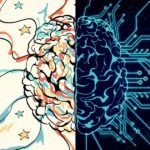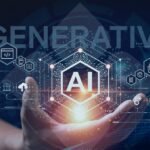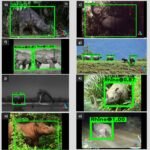Bringing AI closer to citizens – smart communities
/ /
As the world becomes increasingly interconnected and technology-driven, cities and communities are leveraging the power of artificial intelligence (AI) to enhance the quality of life for their residents. This paradigm shift towards smart communities entails adopting innovative AI solutions that cater to the specific needs of local public administrations and citizens. This article explores the importance of bringing AI closer to citizens and the ways in which smart communities can effectively utilize AI technologies to create inclusive, efficient, and citizen-centric environments.
- Enhancing Citizen Engagement: AI can revolutionize citizen engagement by providing personalized services and efficient communication channels. Chatbots and virtual assistants can offer instant responses to citizen queries, automate administrative tasks, and provide relevant information. Through AI-powered platforms and mobile applications, citizens can participate actively in decision-making processes, contribute feedback, and collaborate with local administrations, fostering a sense of ownership and inclusivity.
- Improving Service Delivery: Smart communities leverage AI to optimize service delivery across various sectors. Intelligent transportation systems can improve traffic management, reduce congestion, and enhance public transportation efficiency. AI-enabled waste management systems can optimize garbage collection routes and schedules based on real-time data. Furthermore, AI-powered energy management systems can analyze consumption patterns, promote energy efficiency, and enable cost savings for both the community and its residents.
- Ensuring Safety and Security: AI plays a vital role in enhancing safety and security within smart communities. Advanced video surveillance systems equipped with facial recognition and object detection technologies can proactively identify potential threats and notify authorities promptly. AI-powered predictive analytics can also assist law enforcement agencies in identifying crime patterns, allocating resources effectively, and deterring criminal activities. Additionally, AI-based disaster management systems can provide early warnings, aid in evacuation planning, and coordinate emergency responses.
- Promoting Sustainable Development: Smart communities are at the forefront of sustainable development efforts, and AI can significantly contribute to achieving environmental goals. By harnessing AI algorithms, communities can optimize energy consumption, reduce carbon footprints, and enhance resource management. Smart grids powered by AI enable the integration of renewable energy sources, resulting in more sustainable and resilient energy infrastructures. AI-driven environmental monitoring systems can collect and analyze real-time data to improve air and water quality, aiding in the preservation of natural resources.
- Ensuring Ethical and Trustworthy AI: While implementing AI solutions, smart communities must prioritize ethics, transparency, and trustworthiness. European values and principles should guide the development and deployment of AI applications, ensuring fairness, accountability, and non-discrimination. Collaborative efforts among stakeholders, including local administrations, citizens, industry experts, and researchers, can establish guidelines, codes of conduct, and governance frameworks that promote responsible AI use. Regular audits, data protection measures, and clear communication of AI systems’ limitations are essential to build and maintain trust among citizens.
Posted in On demand conference


































